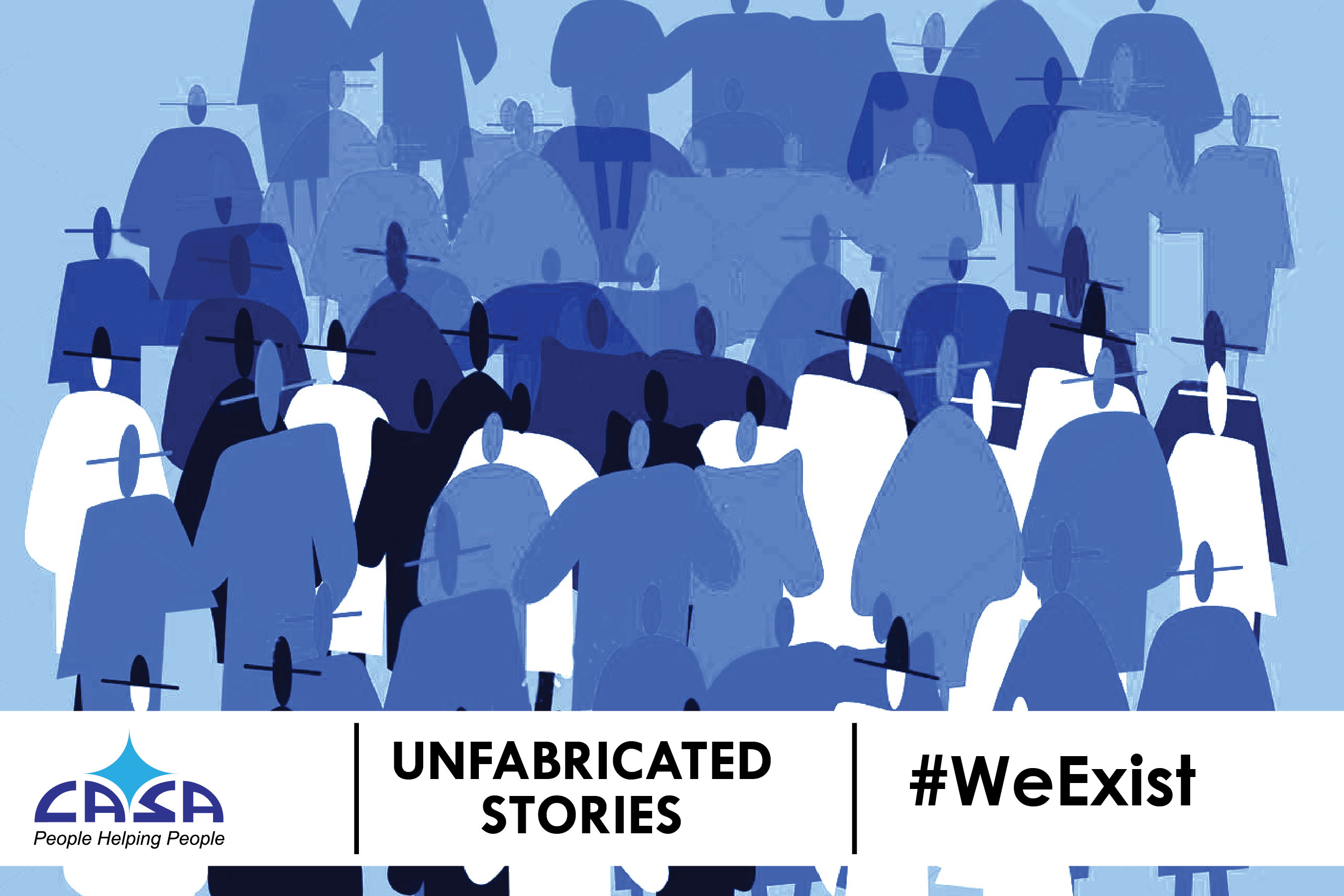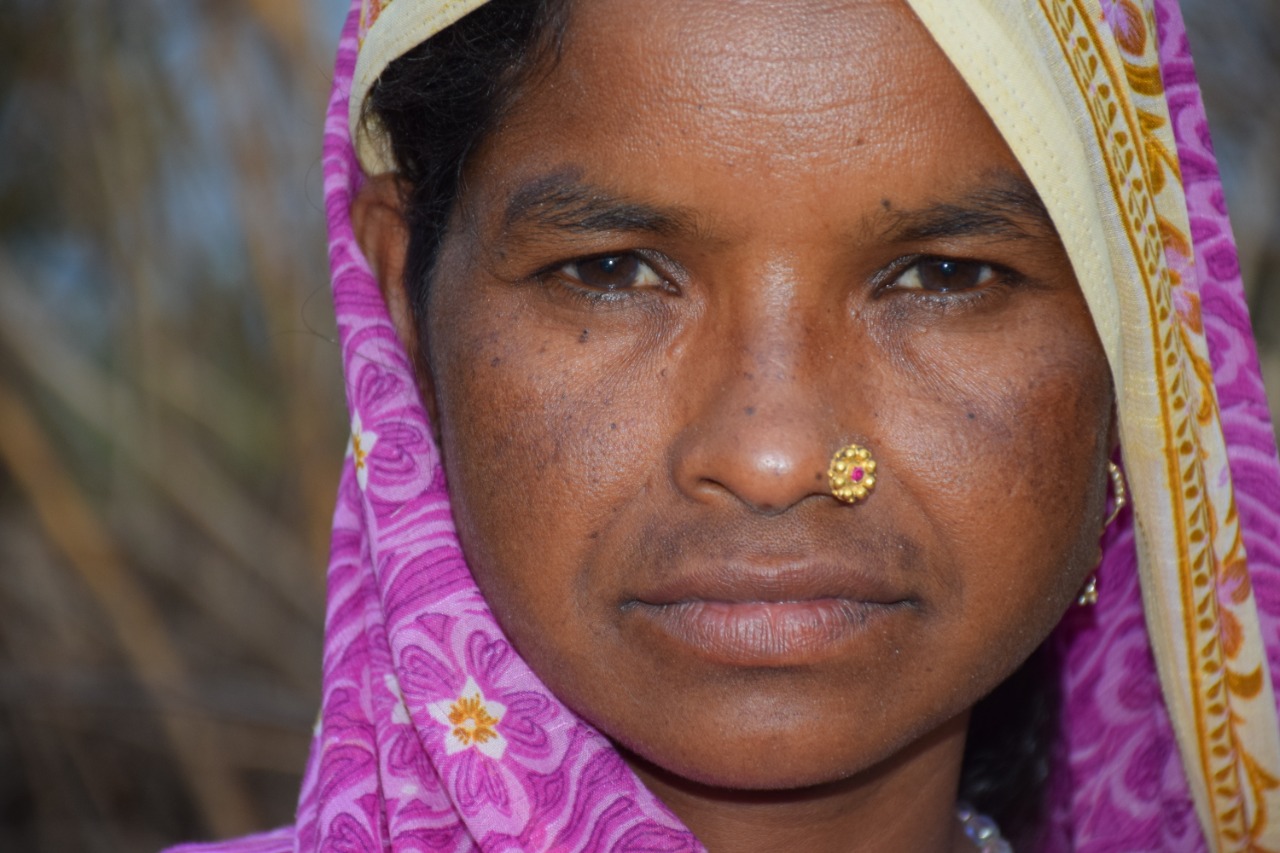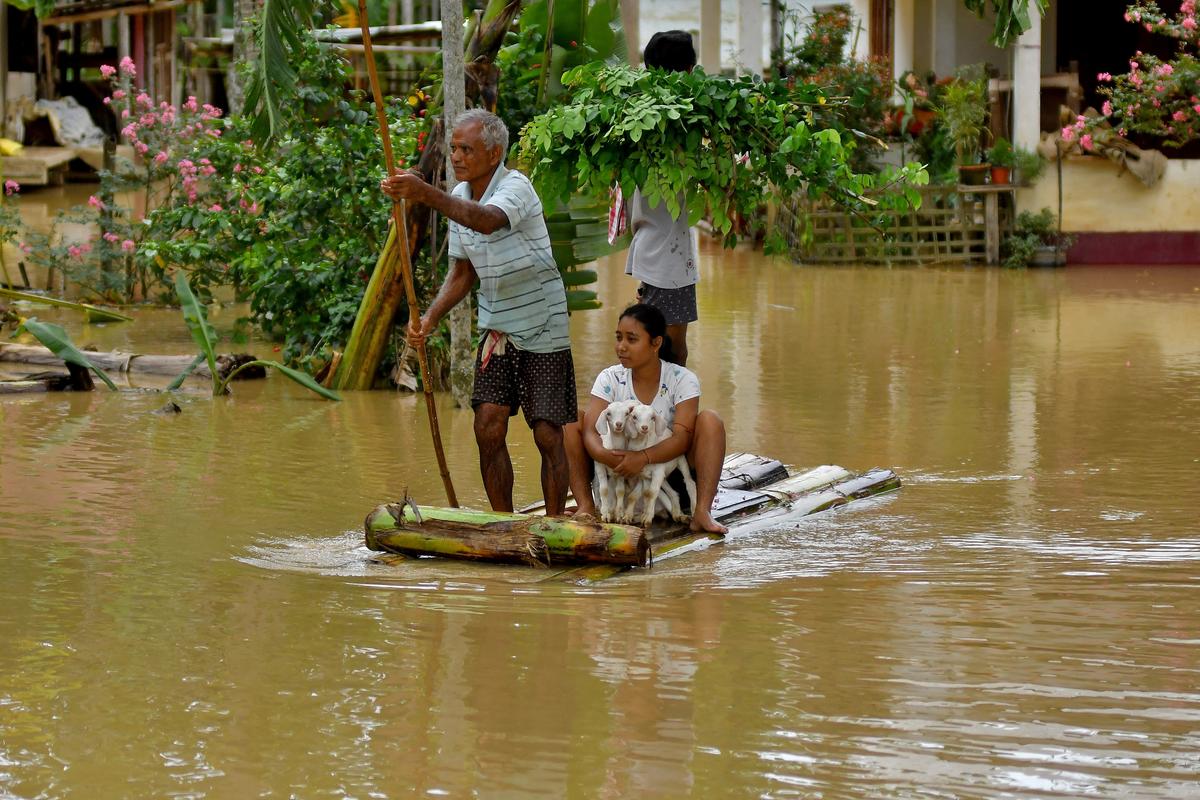CASA BLOGS

AMPHAN- The Destruction of Fauna, Flora, Livelihood and Dreams in Sundarbans
Never had human civilisation suffered a calamity more ruthless than the supercyclone Amphan battering the eastern coast of India amidst the COVID19 pandemic. Several communities from the low lying areas and coastal regions suffered immensely. Amongst the ones gravely affected by the cyclone is Shyamali Munda, a 43-year-old woman from the Kasiabad Mundapara village of South 24 Parganas, Sundarbans.
Shyamali’s agony could be sensed to each nerve when she said, “May 20th, 2020 turned me into a destitute. All that I had was a small mud house, and God even snatched that from me”. In the past 20 years, Shyamali’s ancestral land has been engulfed by the widening delta of Gobodia river. Several sections of the eastern Sundarbans were similarly grappling with the consequences of climate change when nature’s fury, in the form of Amphan, finally wrecked them.
Numerous trees and electric poles were uprooted by the gushing cyclonic wind. Repeated instances of landfall and electrocution led to large-scale devastation and left behind a trail of agony. The overhead wires snapped across different areas in Kakdwip Island of South 24 Parganas cut it off from other parts of the state.
The means of communication and transportation networks were blocked, and many rural settlements were pitifully destroyed. Pointing to the waters, Shyamali said, “This River took most of the land we had. Now, the saltwater from the cyclone has just finished us. After Amphan, the Sundarbans have become unrecognisable.”
Sundarbans serve as a defensive belt of mangrove forest to the floods and storms arising of the Bay of Bengal. But the enormity of cyclone Amphan almost perished the frontline belt to invade far into the state and incur massive damage. Shyamali’s family was dependant on fishing for livelihood. Unfortunately, the fishes were killed due to the infiltration of saline water into the sweet water pond.
Several acres of farmland turned infertile due to the far-reaching saltwater and the paddy fields resembled a painful lake of irrecoverable damage. Such sabotage would reduce the agricultural yields for the next few years significantly. These losses pertaining to livelihood have triggered the socio-economic insecurity of the vulnerable sections.
While Amphan was gathering magnitude to hit the eastern coast, the authorities sleeved up to mass evacuate the people from low lying areas to safer shelters and nearby buildings. Shyamali Munda, with the four of her family members, took shelter in Mundapara Primary school for more than 15 days. They were completely stuck for five days in waterlogged conditions along with three other families who had lost their residence too. These families had no choice but to stay there without maintaining physical distancing, COVID19 precautions and personal hygiene. Shyamali conveyed our partner organisation, Sonartari Woman and Child Welfare Institution (SWCWI) that the first time they received a cooked meal since the calamity was six days after the cyclone hit, “We were getting dry food from the community kitchen.”
When the calamity pacified a little, the family went back during the day to monitor the damage and repair needs of their house. Syamali’s younger daughter, 17-year-old, had to stay back in the school. She was caught up in a situation where she can neither go back to their shattered home nor could she feel secure with strangers through the daytime. The young girl somehow managed to hang one long piece of cloth to maintain physical distancing from others during the COVID19 emergency. The primary school lacked necessary facilities like separate toilet and washroom, which is a risk for menstruating girls. Moreover, the place had no private spaces and the experience of staying there was not inferior to a nightmare.
Their shelter being a mark of sole possession is yet in ruins. Shyamali and her family have been unable to rebuild their home. CASA through SWCWI, supported them with immediate relief to minimise their miseries. The assistance included dry ration kits, hygiene kits, mosquito net and other non-food items including utensils to cook. The organisation also helped them fix a tarpaulin sheet on the roof and bridge sarees to guard the wall in creating a temporary makeshift.
From the gradual loss of land under climate change to the eventual lapse of livelihood and shelter in the perils of AMPHAN, the family is in a state of shock and distress. The tones of grief and desperate need of help mingle pitifully in the vice of Shyamali as she says, “We are so poor that it is impossible for us to build our house again. I am requesting the government and CASA to help us or else we all will die”.
-Written by Kajol Tanaya, Intern, Communications
 Previous Blog Post The Woman of the Family
Previous Blog Post The Woman of the Family Hope beyond the Clouds
Hope beyond the CloudsFeatured Post

Mental Health Awareness in India: Addressing Key Challenges
8 Nov 2024
Mental health awareness is crucial in India, where millions silently struggle with mental health disorders, including depression, anxiety, and bipolar disorder. Despite growing recognition, India faces unique challenges in effectively addressing mental health issues. The stigma associated with mental illness remains a primary barrier. In Indian society, mental health issues are often misunderstood, leading to […]

Ensuring Girls’ Safety in India: A Path Toward Empowerment
20 Aug 2024
Girls’ safety in India remains a critical issue that has garnered increasing attention over the years. Despite various reforms and efforts from both government and civil society, challenges persist. From street harassment to domestic violence, gender-based discrimination continues to limit the freedom and safety of girls. While significant progress has been made in addressing these […]

The Connection Between Monsoons and Floods in India: An In-Depth Analysis
9 Jul 2024
India, a land of diverse climates and geographical features, relies heavily on the monsoon season for its agricultural and water resources. However, with the benefits of the monsoon rains come significant challenges, particularly in the form of floods. This blog explores the intricate relationship between the monsoon season and flooding in India, providing detailed insights […]


